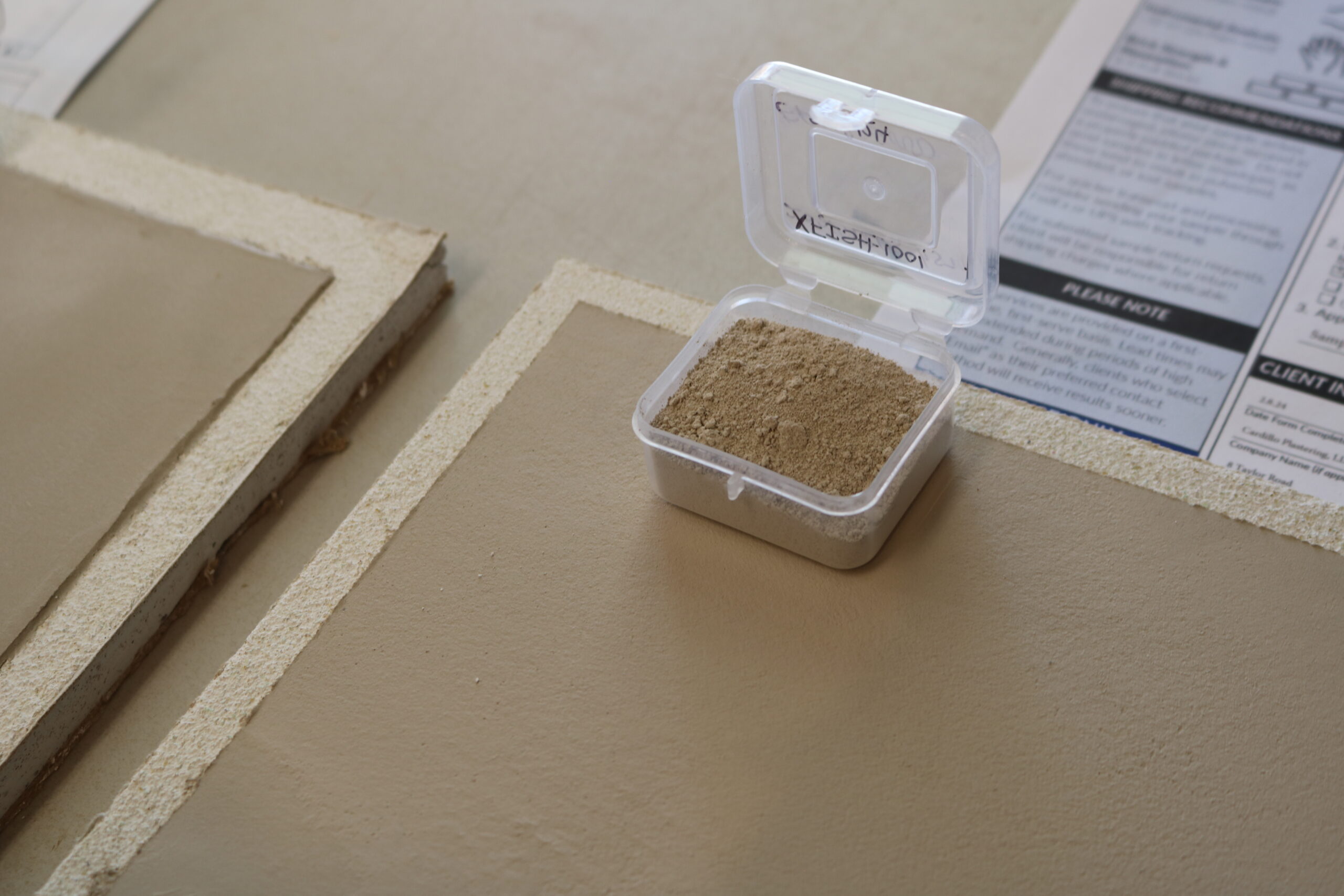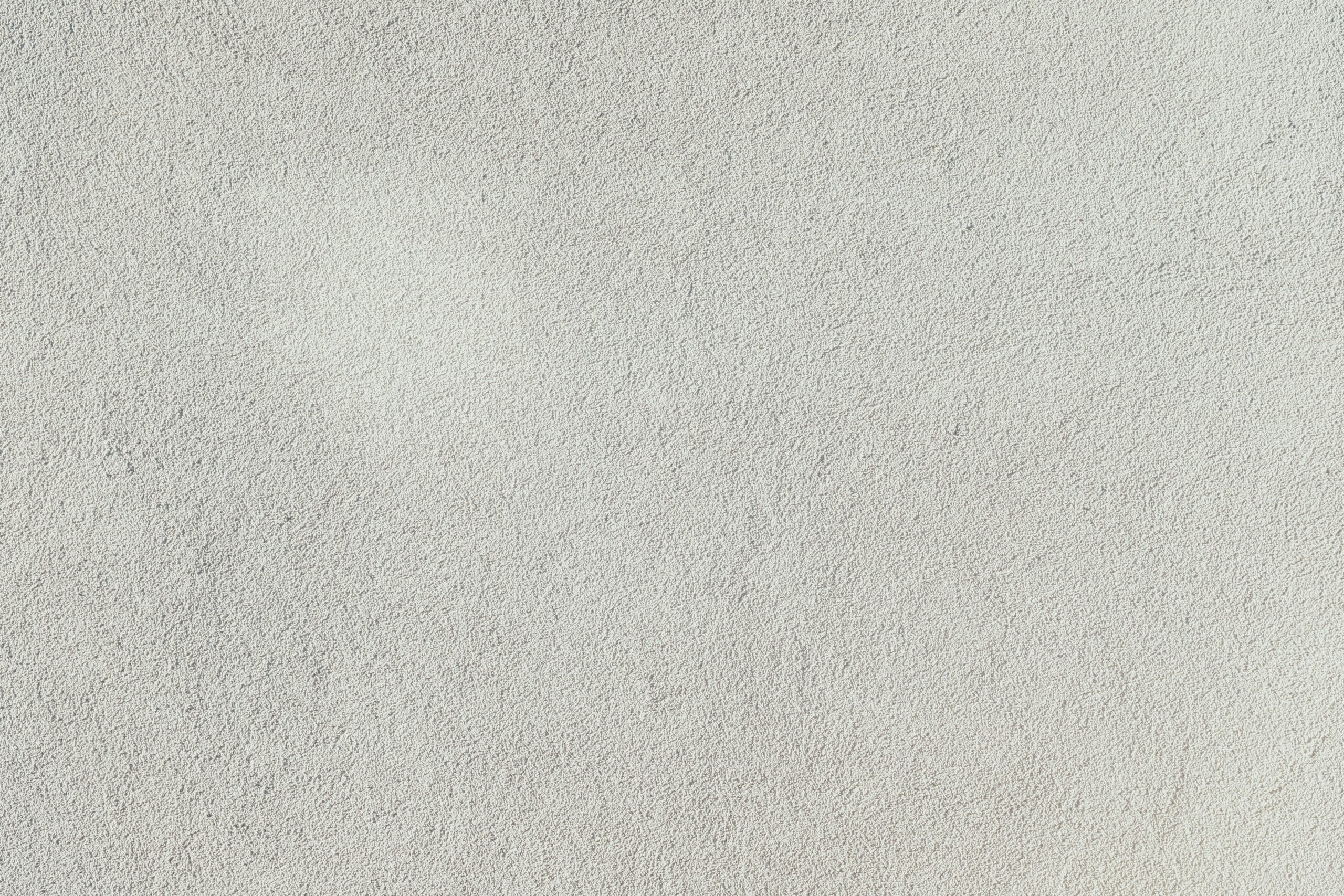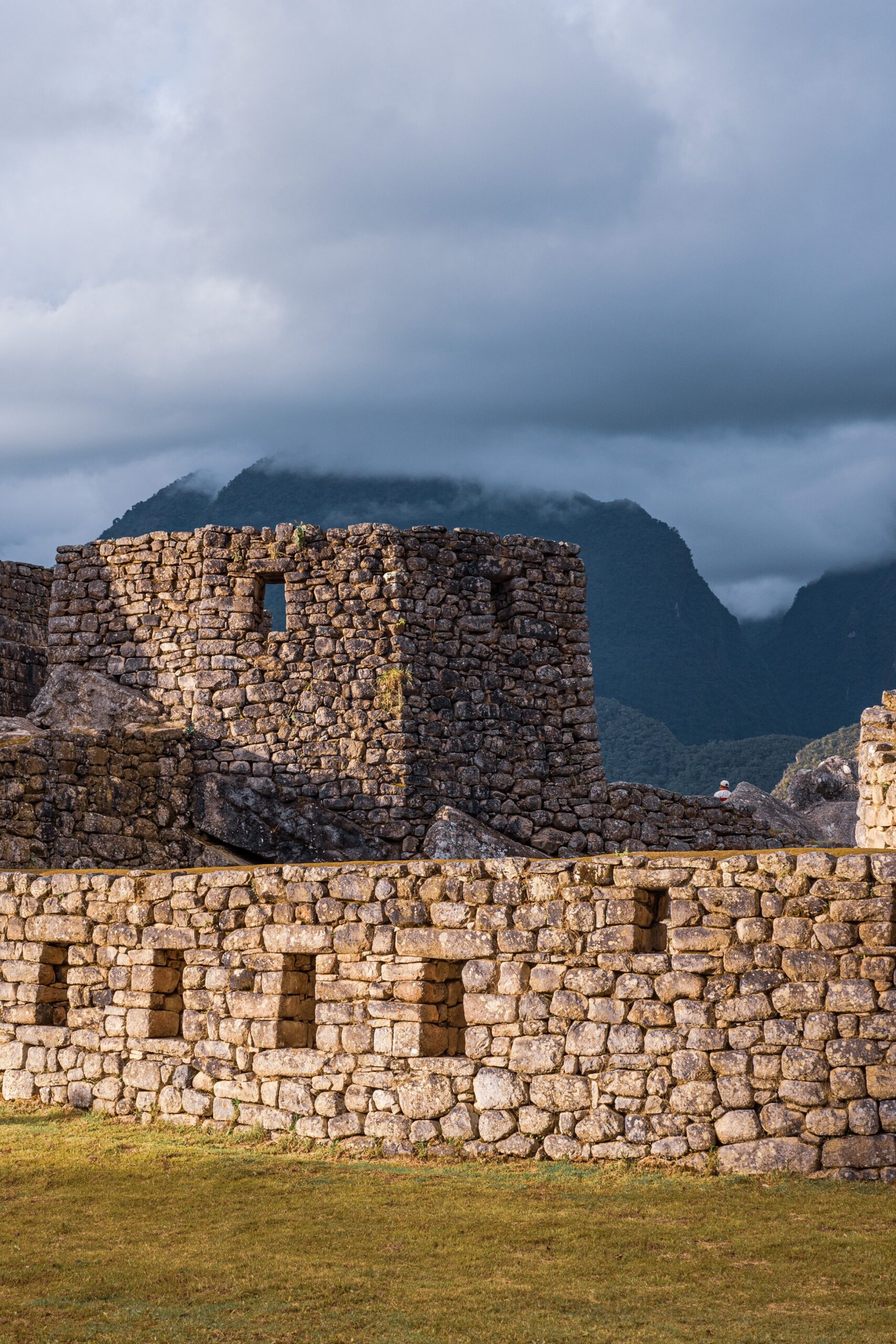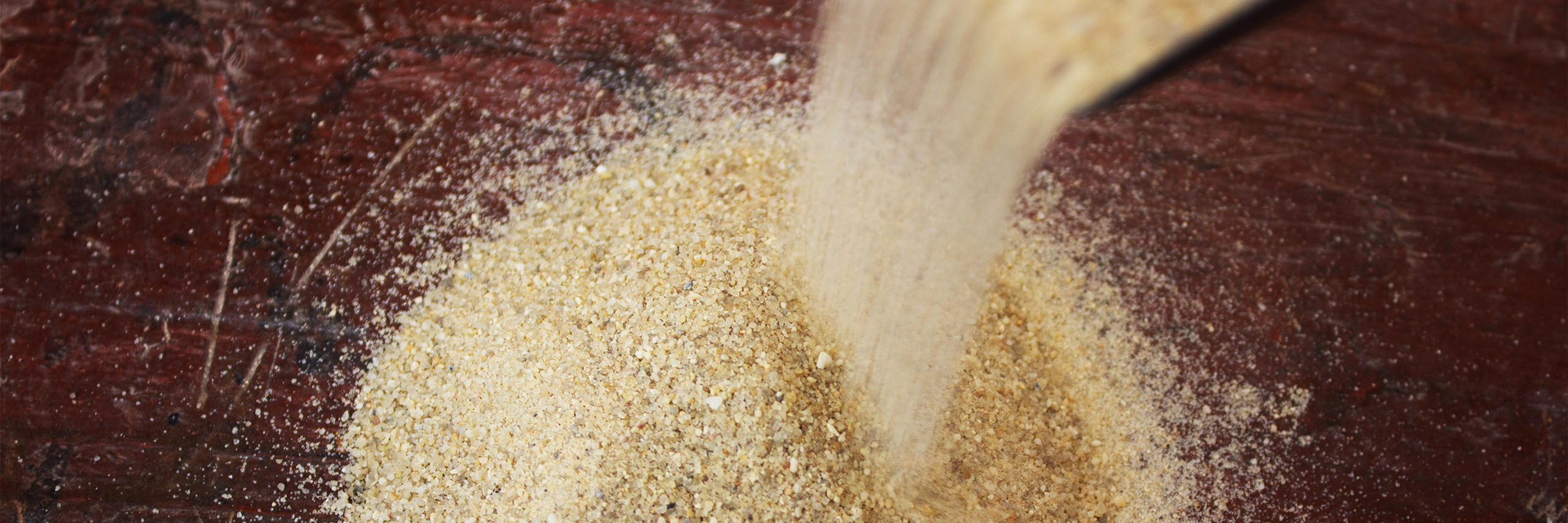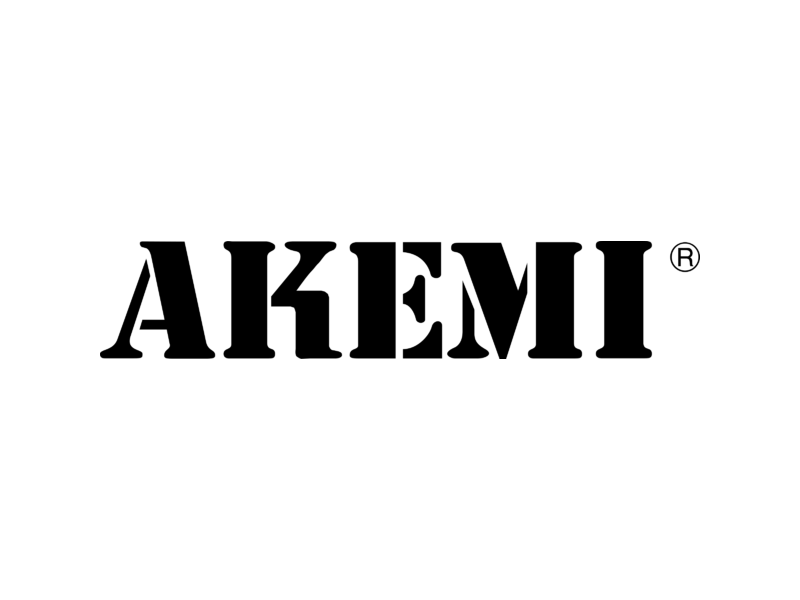19
Feb
Custom Simulation at LimeWorks.us
The laboratory at LimeWorks.us offers a range of services to aid in an effective historic mason...
26
Mar
CRAFTWORK TRAINING CENTER at CARPENTERS’ HALL
The Carpenters' Company in Philadelphia, founded in 1724, boasts an incredible lega...
19
Feb
Custom Simulation at LimeWorks.us
The laboratory at LimeWorks.us offers a range of services to aid in an effective historic mason...
04
Jan
History of Lime Plaster
Lime plaster has a history dating back to many Millennia. This ancient material has mostly been prepared ...
20
Dec
We are pleased to unveil the Craftwork Training Center Workshop Schedule for 2024. Our diverse range of classes, spanning one to thr...
03
Nov
On November 4, 1966, the Arno River burst its banks and flooded Florence, Italy, severely damaging or destroying many of the Renaiss...
07
Sep
We are thrilled to announce the LimeWorks.us team will be coming to Seattle for this year's Association for Preservation Technology ...
22
Aug
Our Bee The Change initiative is here! We are giving away flower seed packets to help support the natural environment around us all....
09
Aug
Lime Mortar vs. Portland Cement
Both pure Lime-based mortar and Portland Cement-based mortars have widespread use in construction...
08
Aug
History of Lime Mortar
Lime mortar, an ancient building material with a legacy dating back thousands of years, is significant in ...
21
Jul
D/2 Biological Solution: Safeguarding Cultural Heritage with LimeWorks.us
Preserving and maintaining historic structures, monumen...
20
Jul
How to Choose Sand
How to choose sand at LimeWorks.us. When selecting sand for making mortars with Saint-Astier® Natural Hydrauli...
22
Mar
Masonry Stories: How Two Historic Preservation Projects were Restored After Devastating Hurricanes
The environment in which a per...
22
Mar
The final day of winter is now behind us and it is time to start planning projects for the new seasons ahead. One of the easiest way...
04
Nov
Ask a Conservator day was founded by the American Institute for Conservation (AIC) in order to spread awareness of cultural herita...
03
Aug
Andy was approached by Aruba Monuments Fund to run a customized LimeWorks.us training program. We timed the class to be for end of F...



